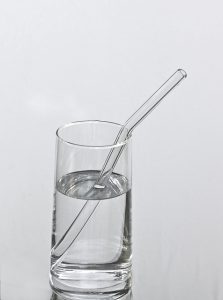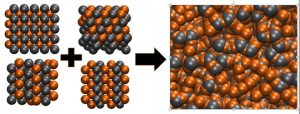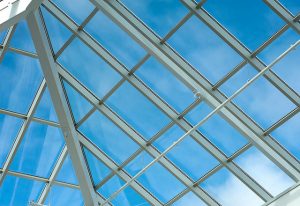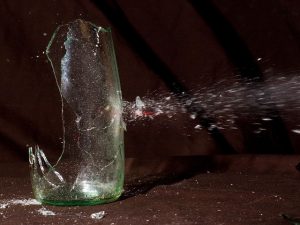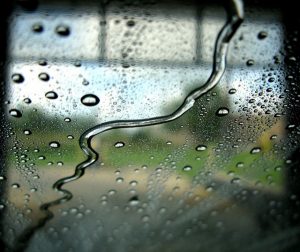
Electricity generating coating applied to flexible glass
SolarWindow Technologies announced last month that it will begin applying its electricity generating coating to ultra-thin flexible glass. According to the company, the market for its coated glass could exceed $25 billion annually.
Flexible glass has applications in a variety of industries, including automotive, military and aerospace. Flexible glass is preferred in certain applications because it combines flexibility that’s characteristic of plastics with durability and scratch resistance that’s associated with glass.
Electricity generation is critical in certain applications, like aerospace and military. Devices in those industries may have specific power requirements and may need to operate in areas where additional power sources aren’t available.
In addition to having application in challenging environments, flexible glass that also generates electricity could prove useful in electrochromic windows, transportation applications and “smart” buildings.
According to the company, the return on investment could be achieved in as little as one year for buildings of at least 50 stories. SolarWindow also says that its electricity-generating coatings can generate more electricity than a conventional rooftop solar array.
The company isn’t limiting its coatings to ultra-thin flexible glass. The company also envisions markets for coated flat and large-format glasses. The electricity-generating coating is not yet on the market, but testing for the coating has progressed well. To date, the coating appears to be able to survive high-pressure, high-temperature production methods. That’s good news because those methods are the most common mass-production methods for applying surface coatings.
Glassprimer™ glass paint doesn’t generate electricity, but it does provide a stable, durable coating that’s designed especially for glass and other impervious surfaces that typically don’t accept paint. Glassprimer™ glass paint works at the nanoscale level to make a permanent bond with the glass surface. Once cured, the paint will not chip, fade or peel, even in humid conditions or in direct sunlight.
Glassprimer™ glass paint is a specialized glass coating that bonds permanently to glass surfaces. GlassPrimer also makes a glass surface molecular activator that is designed to work with UV-inkjet glass printing processes. Glassprimer™ glass paint can be used in both interior and exterior applications and can help reduce solar heat gain in some applications. For more information about Glassprimer™ glass paint, please visit the rest of our site. If you’d like to purchase Glassprimer™ glass paint, please visit our online store .
Photo Credit: Ted Lappin, via Flickr.com




